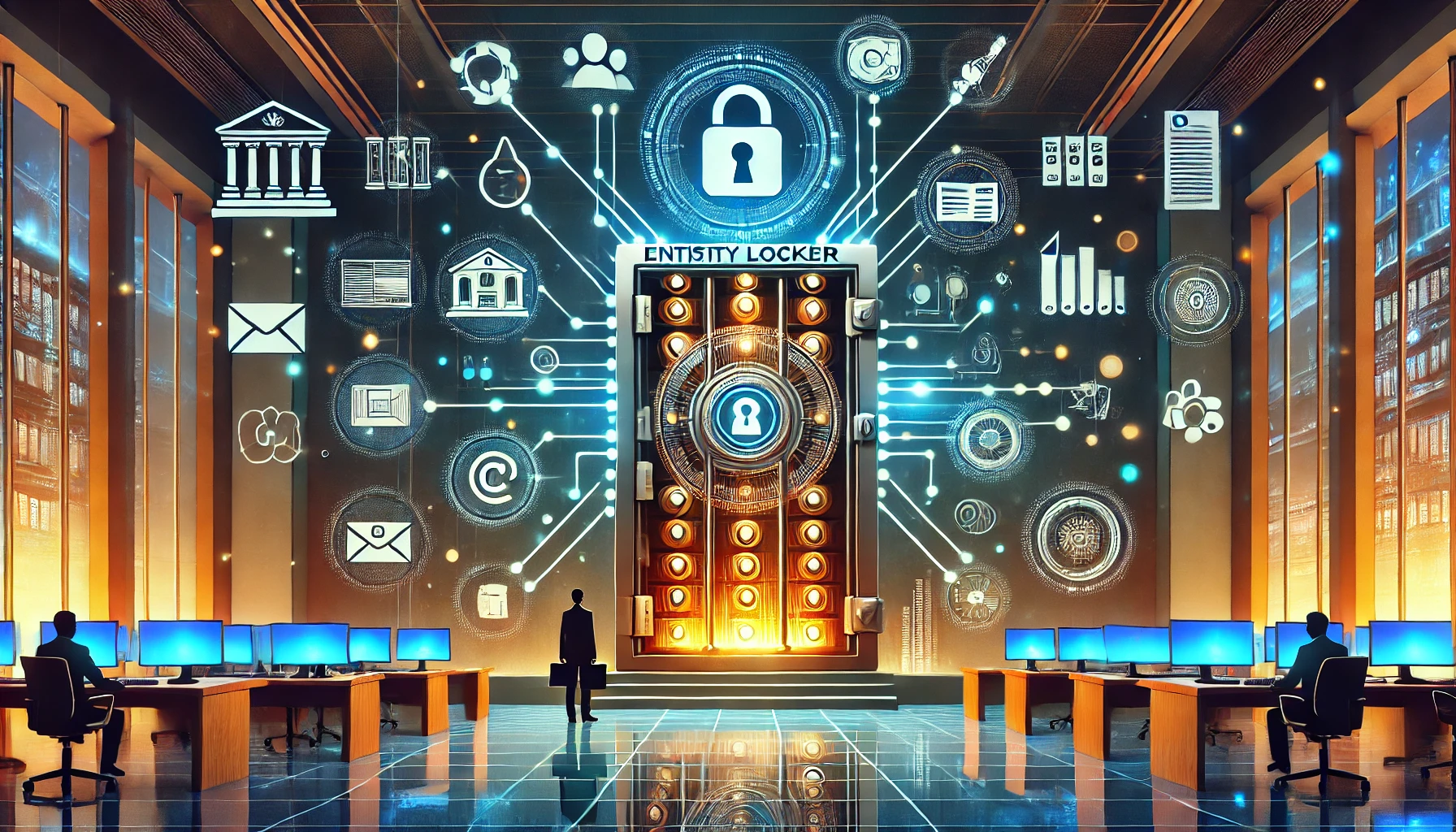UPSC Current Affairs
TABLE OF CONTENTS |
| International Relations |
|---|
|
|
|
what’s the ongoing story?
On January 20, 2025, President Donald Trump signed an executive order withdrawing the United States from the Paris Climate Agreement for the second time. This decision, echoing his 2017 move, has sparked significant international concern as it undermines global efforts to combat climate change. Key Points to Ponder: The Paris Climate Agreement: What does it aim for? Understand the goals of the Paris Agreement, including limiting global warming to below 2°C. Discuss the role of Nationally Determined Contributions (NDCs) in achieving these goals. Trump’s First Withdrawal (2017): Why did President Trump withdraw the U.S. in 2017? Analyze the economic and political justifications provided for the withdrawal. Biden’s Rejoining and Climate Goals (2021): Examine how President Biden rejoined the Paris Agreement and set ambitious climate targets. What progress did the U.S. make during this period? Trump’s Second Withdrawal (2025): What led to the second withdrawal? Analyze Trump’s statement: “I’m immediately withdrawing from the unfair, one-sided Paris climate accord rip-off.” Global Climate Implications: How will the U.S. withdrawal impact international climate efforts? Examine the role of the U.S. as the second-largest emitter of greenhouse gases. International Reactions: How did world leaders and organizations respond to this decision? Evaluate the resilience of global climate action in the absence of U.S. participation. Key Takeaways: Paris Climate Agreement: The 2015 agreement was adopted to address global warming and encourage emission reductions through voluntary commitments by countries. Economic Concerns: President Trump reiterated his stance that the agreement imposed unfair economic disadvantages on the U.S., particularly in comparison to nations like China and India. Global Climate Setback: The U.S. withdrawal, expected to take effect within a year, weakens global climate governance and may embolden other nations to dilute their commitments. Impact on Global Warming: Experts warn that the absence of the U.S. could result in higher global temperatures and intensify climate-related disasters. Global Reactions: European Union leaders reaffirmed their commitment to the Paris Agreement, emphasizing the need for collective global action. The United Nations’ climate chief noted that while the U.S. withdrawal is a setback, the global energy transition remains unstoppable. Do You Know? U.S. Emissions: The United States is the world’s second-largest greenhouse gas emitter, contributing approximately 14% of global emissions. Global Participation: Apart from the U.S., only Iran, Libya, and Yemen remain outside the Paris Agreement. India’s Role in Climate Action: India has committed to achieving net-zero emissions by 2070, with ambitious targets for renewable energy and emissions intensity reduction. Economic Impact on India: U.S. withdrawal may shift the dynamics of global climate funding, potentially reducing financial aid to developing countries, including India, for green initiatives. |
|
|
|
Why in the news?
Recent studies have revealed that Nepal’s Yala Glacier, located in Langtang National Park, is projected to vanish by the 2040s due to the accelerated impacts of climate change. Between 1974 and 2021, the glacier has retreated by 680 meters (36% reduction in area), posing significant threats to water security and increasing the risks of glacial lake outburst floods (GLOFs) for millions who rely on glacier-fed water resources. Key Takeaways: Historical Retreat and Current Status: Retreat Measurements: Yala Glacier has retreated by 680 meters between 1974 and 2021, with its surface area reducing by 36%. Its elevation declined from 5,170 meters to 5,750 meters in 2011. Scientific Significance: It is the only Himalayan glacier included in the Global Glacier Casualty List, introduced in 2024, which identifies glaciers critically endangered or already disappeared. Implications of Glacier Loss: Water Resources: Glaciers are critical sources of freshwater for millions in the Himalayan region. The Hindu Kush Himalaya region is warming at twice the global average, jeopardizing water security for approximately 240 million people. GLOFs (Glacial Lake Outburst Floods): Accelerated melting forms unstable glacial lakes. Potential overflows can trigger catastrophic floods, endangering downstream communities. Global and Regional Responses: International Initiatives: The United Nations has declared 2025 as the International Year of Glaciers’ Preservation, focusing on the importance of glacier ecosystems. Starting in 2025, March 21 will be observed annually as the World Day for Glaciers, raising awareness and promoting climate action. Regional Actions: India: Initiatives like the National Mission for Sustaining the Himalayan Ecosystem and the establishment of the Indian National Centre for Ocean Information Services (INCOIS) help monitor glacier-related events and issue alerts for GLOFs. Broader Climate Impacts: The retreat of Himalayan glaciers, known as the “Third Pole,” affects not just local communities but global water cycles. The loss of glaciers will have cascading effects on agriculture, hydropower, and biodiversity. Way Forward: Urgent climate action is needed to mitigate further glacial retreat and its consequences. Strengthening international cooperation, fostering regional collaboration, and implementing adaptation measures will play a vital role in preserving glaciers and protecting vulnerable communities. |
| National |
|
|
|
Why in the news?
The Government of India has recently launched a new digital platform called Entity Locker, aimed at streamlining the management and verification of business and organizational documents. Key Takeaways: Introduction to Entity Locker: Entity Locker is a secure, cloud-based platform developed by the National eGovernance Division (NeGD) under the Ministry of Electronics and Information Technology (MeitY). It caters to a wide range of entities, including corporations, MSMEs, trusts, startups, and societies. Integration with Government Systems: The platform integrates seamlessly with various government and regulatory databases such as the Ministry of Corporate Affairs (MCA), Goods and Services Tax Network (GSTN), and Directorate General of Foreign Trade (DGFT). Consent-Based Information Sharing: Entity Locker incorporates a consent-based mechanism that allows entities to securely share information with relevant stakeholders while maintaining privacy and transparency. Aadhaar-Authenticated Role-Based Access: Users can define role-based access levels using Aadhaar authentication, ensuring that only authorized personnel can access specific documents. Legally Valid Digital Signatures: Documents uploaded to Entity Locker are equipped with legally valid digital signatures, ensuring compliance with regulatory standards and authenticity. Secure Cloud Storage: The platform provides 10 GB of encrypted cloud storage for secure handling of documents, safeguarding sensitive information from unauthorized access. Alignment with Digital Public Infrastructure (DPI): Entity Locker is part of India’s Digital Public Infrastructure (DPI) and aligns with the goals of the Union Budget 2024-25, which emphasizes improving digital governance and enhancing the ease of doing business. Benefits of Entity Locker: The platform enhances efficiency and transparency by tracking all document-related activities, eliminating processing delays, and ensuring document security. It also supports multiple applications such as vendor verification on procurement portals, accelerating MSME loan approvals, facilitating FSSAI compliance, and streamlining registrations with GSTN, MCA, and tendering processes |
|
|
|
Why in the News?
Uttarakhand is set to become the first state in India to implement the Uniform Civil Code (UCC), with the state government approving the UCC rules manual. Under the leadership of Chief Minister Pushkar Singh Dhami, the Cabinet has introduced key provisions to streamline legal services such as marriage registration, divorce, live-in relationships, and inheritance through digital and offline platforms. Key Takeaways: Introduction to UCC in Uttarakhand: The Uniform Civil Code seeks to unify laws governing marriage, divorce, inheritance, and maintenance across all communities and faiths in Uttarakhand. This landmark step aims to promote equality, inclusivity, and efficient legal services. Key Provisions of UCC’s Rules: Marriage Registration: Registration and acknowledgment of marriages. Divorce Registration: Processes for divorce registration and nullifying marriages. Live-in Relationships: Provisions for the registration and termination of live-in relationships. Inheritance Services: Registration of legal heirs (intestate succession) and wills (testamentary succession). Complaint Mechanism: A grievance system to file and track complaints and appeals. Equality Provisions: Equal inheritance rights for women, bans on polygamy, and a uniform marriageable age (18 for women, 21 for men). Digital Integration for Ease of Access: A dedicated portal and mobile app have been developed to simplify online registration processes, ensuring wider access. Common Service Centres (CSC): For those without digital literacy, offline services will be available in remote areas. Helpline and Support: A helpline and district-level officers are appointed for legal assistance. Training and Implementation: Officials’ Training: Extensive training programs are underway for 10,000 officials, including Village Development Officers (VDOs), to familiarize them with the UCC system. Mock Drill: A statewide mock drill for system readiness is planned for January 21, 2025. Implementation Timeline: The official date for UCC implementation will be announced after training is completed on January 24, 2025. Objectives of UCC Implementation in Uttarakhand: Inclusivity: Ensure all citizens, regardless of location or socio-economic status, have equal access to legal services. Ease of Access: Digital platforms, combined with offline support, aim to make processes like marriage and inheritance registration simple and accessible. Transparency and Efficiency: Digital integration of services reduces bureaucracy and fosters transparency, streamlining legal procedures. Significance: Uttarakhand’s move to implement UCC is a historic step toward equality and streamlined legal governance in India. It represents a model for other states aiming to adopt similar reforms. |
| Important Days |
|
|
|
The main theme of the third edition of Kashi Tamil Sangamam, a cultural exchange programme scheduled to be held from February 14 to 25, will be Rishi Agastya.
The first edition of the programme, which is organised by the Ministry of Education, was held in 2022, and it is meant to mark the bond in terms of civilisation and culture between Varanasi and Tamil Nadu. Participants will visit Varanasi, Prayagraj, and Ayodhya, and with the event coinciding with the Maha Kumbh, they will also visit the Kumbh. What is Kashi Tamil Sangamam? About: Kashi Tamil Sangamam celebrates many aspects of the historical and civilisational connection between India’s North and South. The broader objective is to bring the two knowledge and cultural traditions (of the North and South) closer, create an understanding of our shared heritage and deepen the people-to-people bond between the regions. It is being organized by the Ministry of Education in collaboration with other ministries like Culture, Textiles, Railways, Tourism, Food Processing, Information & Broadcasting etc. and the Government of Uttar Pradesh. The endeavour is in sync with National Education Policy (NEP), 2020’s emphasis on integrating the wealth of Indian Knowledge Systems with modern systems of knowledge. IIT Madras and Banaras Hindu University (BHU) are the two implementing agencies for the programme. Cultural Significance: King Parakrama Pandya, who ruled over the region around Madurai in the 15th century, wanted to build a temple to Lord Shiva, and he travelled to Kashi (Uttar Pradesh) to bring back a lingam. While returning, he stopped to rest under a tree — but when he tried to continue his journey, the cow carrying the lingam refused to move. Parakrama Pandya understood this to be the Lord’s wish, and installed the lingam there, a place that came to be known as Sivakasi, Tamil Nadu. For devotees who could not visit Kashi, the Pandyas had built the Kasi Viswanathar Temple in what is today Tenkasi in southwestern Tamil Nadu, close to the state’s border with Kerala. |
|
<< 21-Jan-25
|
|
|




